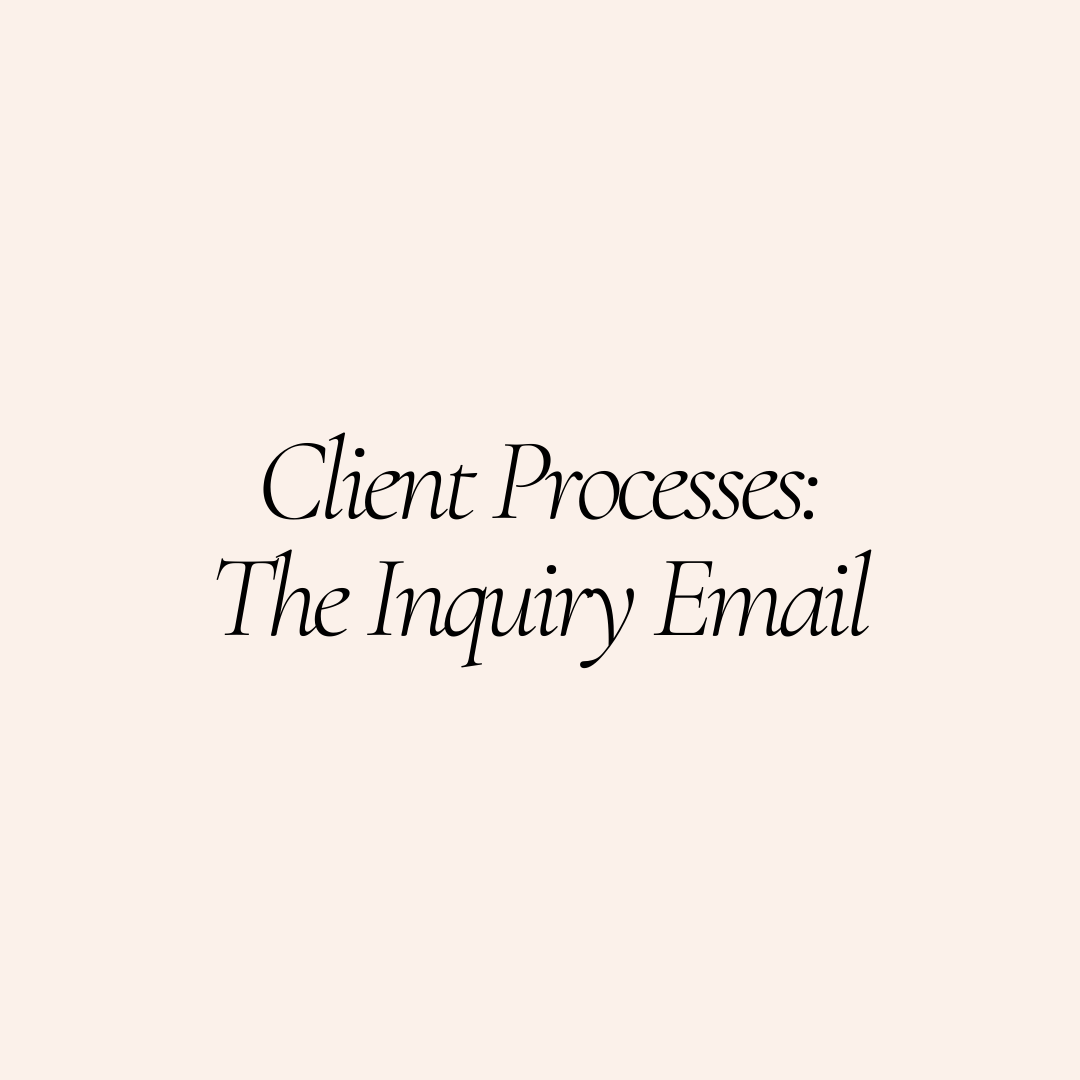Business Budgeting Basics
What does your business’ finances look like? Do you have a budget? We’re sharing the why and how below!
What Is A Budget
A budget is an estimate of your cash flow (the amount of money being transferred in and out of our business over a set amount of time). Having a budget is vital to the success of your business because it:
- Allows you to have the money to cover current commitments (rent, insurance, salary, etc.)
- Gives you the capital to plan for and achieve growth and your future goals
Being an entrepreneur isn’t easy - but planning ahead (and sticking to it) can alleviate some of the burden and worry. Planning for and having the income to pay for your fixed costs before you go on a TJMaxx redecorating spree gives you the freedom from worry when bills are due.
Where To Start
So where do you start? First, open up a spreadsheet (Google Sheets is free and easy to use).
- List out your income for the month. This includes all services or money coming into your business (room rentals, etc.). Look back through three months worth of income, find your average and use that.
- List out your fixed costs (bills that stay the same). Rent, insurance, website hosting, social planning software. Write out the category, business and amount.
- Determine and list your variable costs (costs that are not always the same) by month. This could include quarterly product purchasing, yearly BBP renewal, domain name registration, etc.
- Review your profit. Profit is calculated by this formula: total revenue (income) - total expenses (fixed costs + monthly variable costs). To have a healthy business, the money you make should exceed the money you spend.
Create A Cash Flow Projection
A cash flow projection goes beyond a budget because it is a prediction of how much money will be coming in and out of the business over a period of time. We suggest keeping a twelve month cash flow projection. To do this, you break it down by month. Within each month, list out your expected income (based on the average you have seen year/year and any predictions/goals based on sales), your fixed costs and your variable costs. Then total it up.
Allocate Towards Goals
Once you’ve completed your budget and cash flow projection, if you are seeing extra income - allocate it! Set money aside to take courses, give yourself a bonus or refresh your space. You’ve earned it!
Check In Constantly
A budget and cash flow statement will only work if you do. Set time aside every week to check in with your budget and spending. Are you on track to meet your goals? Where could you do better? Create a system that works for you!
There are so many low cost or free bookkeeping options available. Having one place to store all your financial transactions will save you time and make your taxes a breeze!
Ready to get started? Check out our free template here!



Leave a comment
This site is protected by reCAPTCHA and the Google Privacy Policy and Terms of Service apply.